UNICEF-Photo..jpg" alt="" width="600" height="400" class="size-full wp-image-98752" /> A Palestinian girl inside her family’s partially destroyed home, looks at the destruction outside, in the Shejaiya neighbourhood of Gaza City – UNICEF Photo.
Geneva, MINA – The United Nations Organization of Children (UNICEF) on Tuesday, appealed for USD 3.6 billion to provide lifesaving humanitarian assistance to about 48 million children living through conflict, natural disasters and other emergencies in 51 countries in 2018.
The largest component of UNICEF’s appeal this year is for children and families caught up in the Syria conflict, soon to enter its eighth year.
UNICEF is seeking almost USD 1.3 billion to support 6.9 million Syrian children inside Syria and those living as refugees in neighboring countries, KUNA reported, citing UNICEF in statement.
Around the world, violent conflict is driving humanitarian needs to critical levels, with children especially vulnerable. Conflicts that have endured for years, such as those in the Democratic Republic of Congo, Iraq, Nigeria, South Sudan, Syria and Yemen, among other countries continue to deepen in complexity, bringing new waves of violence, displacement and disruption to children’s lives, the statement added.
Also Read: Hundreds Flee Massacres in El-Fasher as RSF Seizes Control, Facing Dire Humanitarian Conditions
“Children cannot wait for wars to be brought to an end, with crises threatening the immediate survival and long term future of children and young people on a catastrophic scale,” said UNICEF Director of Emergency Programmes, Manuel Fontaine.
“Children are the most vulnerable when conflict or disaster causes the collapse of essential services such as healthcare, water and sanitation. Unless the international community takes urgent action to protect and provide life-saving assistance to these children, they face an increasingly bleak future,” he added.
Parties to conflicts are showing a blatant disregard for the lives of children. Children are not only coming under direct attack, but are also being denied basic services as schools, hospitals and civilian infrastructure are damaged or destroyed.
Approximately 84 percent (USD 3.015 billion) of the 2018 funding appeal is for work in countries affected by humanitarian crises borne of violence and conflict.
Also Read: UN Security Council Condemns Attacks by Paramilitary Rapid Support Forces in El-Fasher, Sudan
The world is becoming a more dangerous place for many children, with almost one in four children now living in a country affected by conflict or disaster. For too many of these children, daily life is a nightmare. (T/RS5/RS1)
Mi’raj Islamic News Agency MINA)
Also Read: Afghanistan, Pakistan Extend Ceasefire After Türkiye-Qatar Mediation Talks





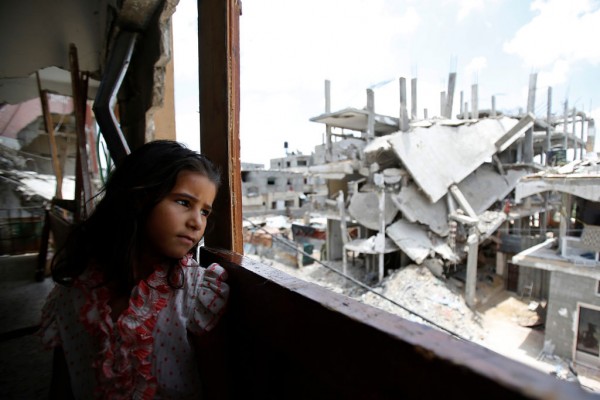




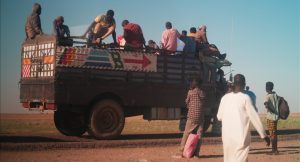






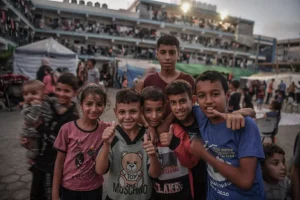
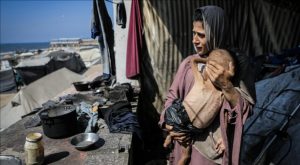





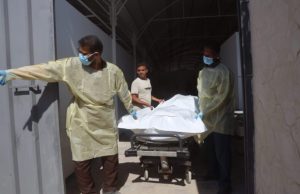



 Mina Indonesia
Mina Indonesia Mina Arabic
Mina Arabic